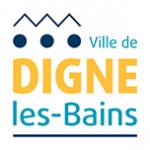BEINGS EXPOSED
16 SEPTEMBER > 23 OCTOBER 2021
photos credits: idbl art school / Claude Rocher and the artist Anaïs Tondeur
“As part of the programme celebrating the anniversary of the Cairn, the IDBL (Digne’s intercommunal art school) has invited the young artist Anaïs Tondeur to present her work at the BILD (Bureau d’Implantation des Lignes de Digne). As a counterpoint to the retrospective exhibition Flash-back, a brief history of the Cairn, this joint invitation is part of a prospective dimension dear to both structures.
For many years, the idbl and the Cairn have maintained a special relationship (inviting artists to workshops with students of the preparatory class, visiting exhibitions with students and free auditors, meetings and conferences with invited artists, etc.) which favours the transmission and exchange of contemporary artistic practices: a precious agreement that we wished to reaffirm through this exhibition.
Indeed, the invitation extended to Anaïs Tondeur points to common interests: to study the role that artistic creation can play in contemporary society and the way in which it can and must today oblige us to take an interest in subjects from which we can no longer turn away; to explore approaches that offer antidotes for apprehending an increasingly damaged world, to exhibit transversal and curious practices that take a close interest in the relationships, environments and conditions of existence of all living beings; to attempt, finally, to share and transmit proposals likely to initiate transformative encounters that favour reconfigurations.
Anaïs Tondeur’s approach, as outlined in the exhibition Êtres exposés, echoes these common concerns. Here, a series of voices and entities murmur, which, if we are willing to listen and look carefully, give rise to a multitude of worlds, temporalities and stories: that of the occupants of the Lejuc wood near Bure, resisting the pollution of their soil and the mortifying forces colonizing the underground zones through the burial of nuclear waste (Vigiles); that of the particles of carbon black, invisible but companion species, which now populate bodies and air, thus blurring the nature/culture polarization (Noir de Carbone); that of the irradiated plants of the Chernobyl exclusion zone, bearing witness to the disaster as much as to the powers of terrestrial resurgence, and of which the artist has collected a radiographed specimen every year since the explosion (Chernobyl Herbarium); that of the San Andreas fault, the meeting line between the Pacific and American plates, inhabited for the duration of an expedition into the bowels of the earth, from which the artist brings back real fragments and sound reconstructions (Dérives).
The apparent heterogeneity of these “subjects” could at first be surprising, but the common thread of the exhibition and, more broadly, of Anaïs Tondeur’s approach soon becomes apparent: her art infiltrates the invisible and, a priori a risky proposition, takes hold of the medium most literally in contact with our ability to see: photography. It is at the heart of this ambiguity that Anaïs Tondeur’s images nestle. Between oscillation and equilibrium, her works explore, thwart and reformulate the tenuous limits that are exercised in the distribution between visible and invisible.
[…]
If the “subjects” explored by Anaïs Tondeur (zadists, plants, rocks, air, water…) are now beginning to enter politics, it should be noted that they have long been underexposed, even invisibilised. This is a strange paradox because, in many ways, their overexposure (to militarised forces, to radiation, to the Anthropocene era and the new climate regime, etc.) remains central.
By rehabilitating these “exposed beings”, Anaïs Tondeur’s art opposes anthropocentric narratives with an attention to “ephemeral and circumscribed flows that affect not only humans but the heterogeneous whole of our relationships. “
Extract from the commentary on the exhibition “Beings Exposed – Anaïs Tondeur” by Julie Michel
Anaïs Tondeur is a French artist based in Paris. She creates narratives and speculative investigations through which she experiments with other relationships to the world, different modes of cohabitation with non-humans: plants, rocks, air, water. To this end, she develops a renewal of our modes of perception, and explores, beyond the separation of nature and culture, ways of disrupting the grand narrative of the Anthropocene. In collaboration with geologists, oceanographers, physicists, philosophers and anthropologists, her research protocols have led her on expeditions in the tracks of black carbon particles, in the Chernobyl exclusion zone, across the Atlantic Ocean or along the borders that separate the great tectonic plates. She has presented her work in international institutions such as the Centre Pompidou, Frac Provence-Alpes-Côte d’Azur (France), Spencer Museum of Modern Art (USA) or Nam June Paik Art Center (Seoul).


